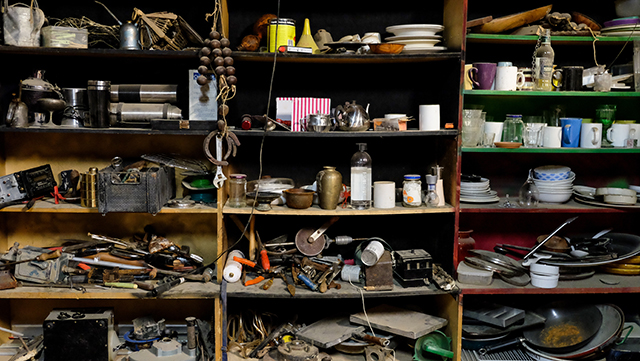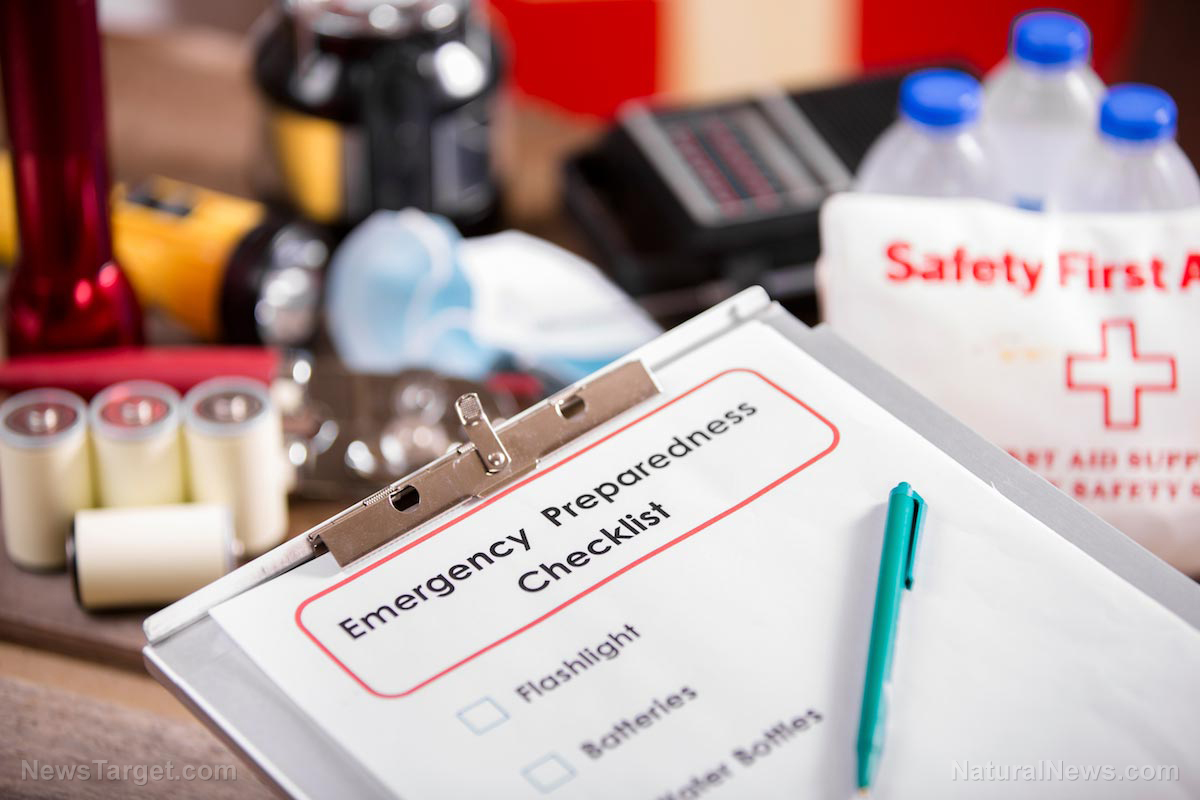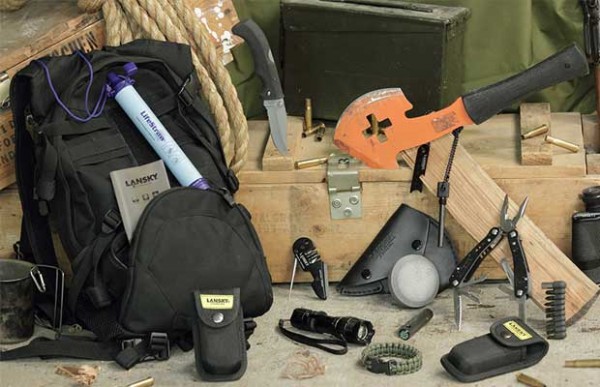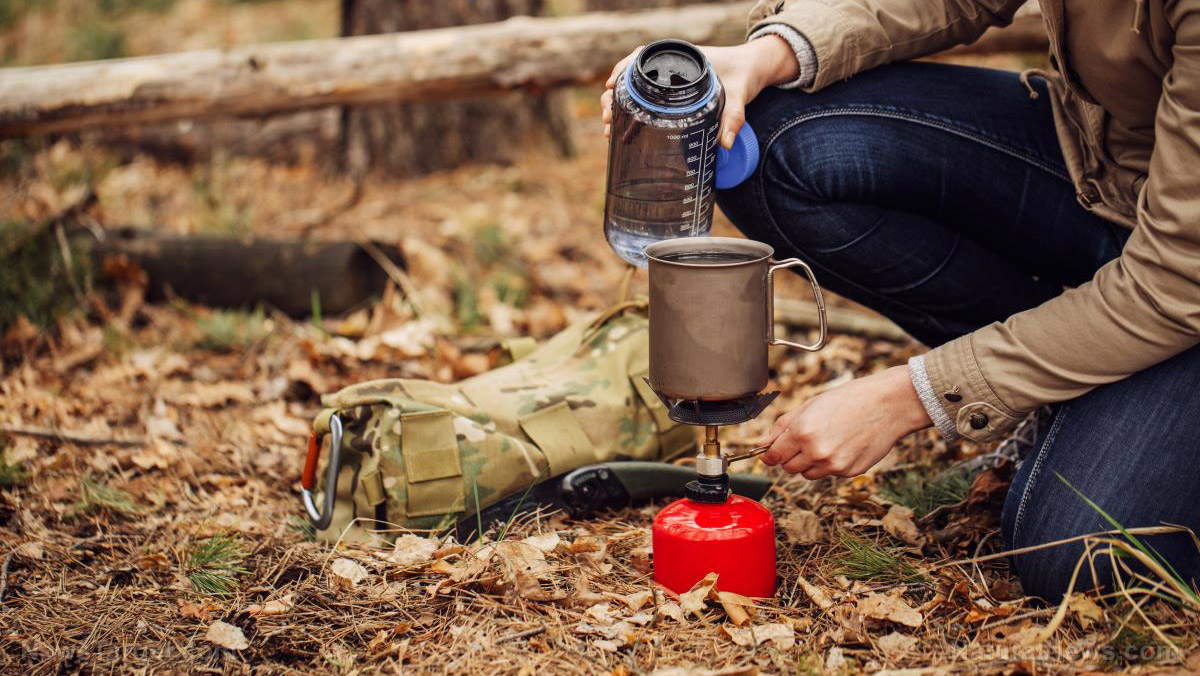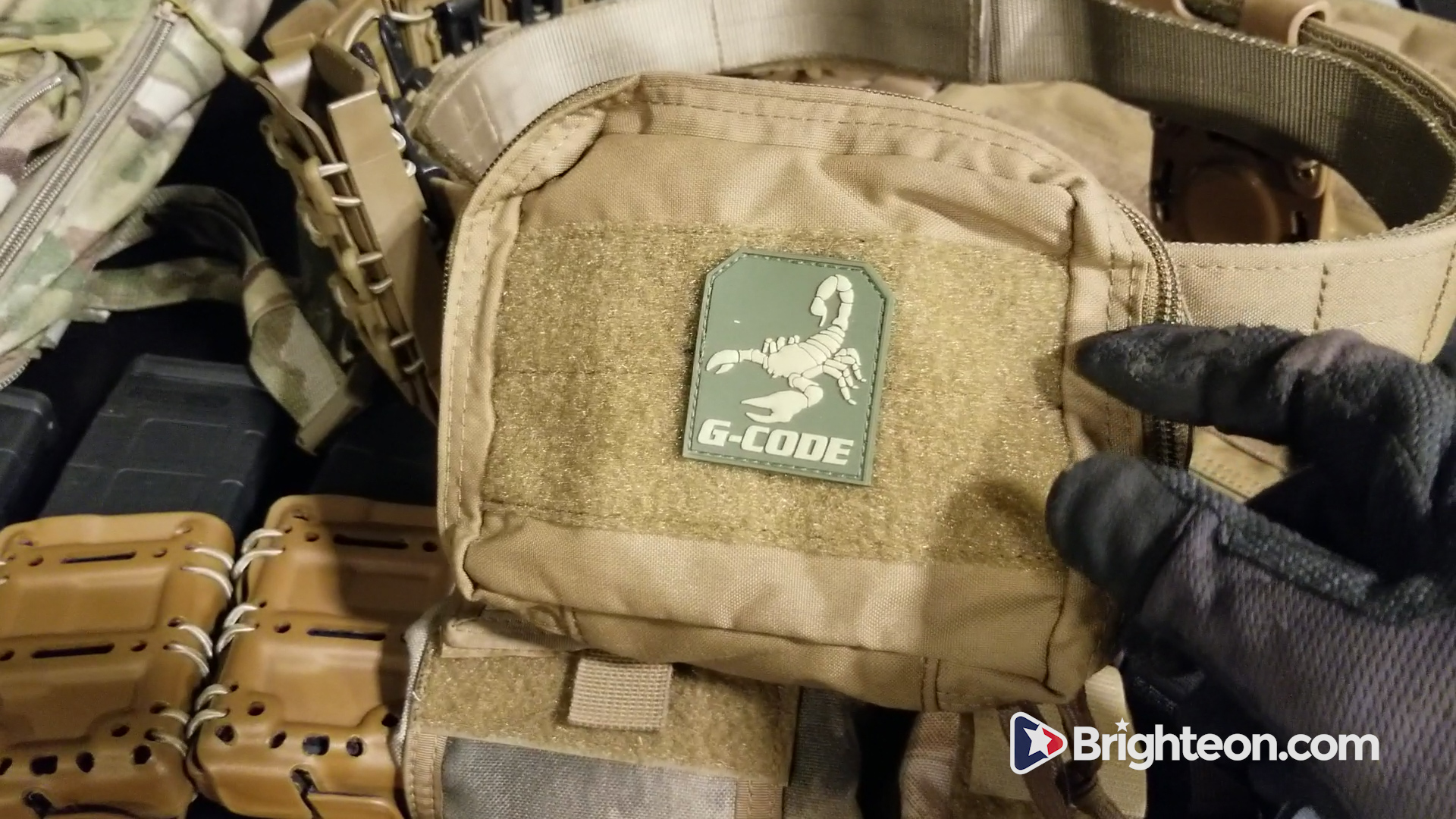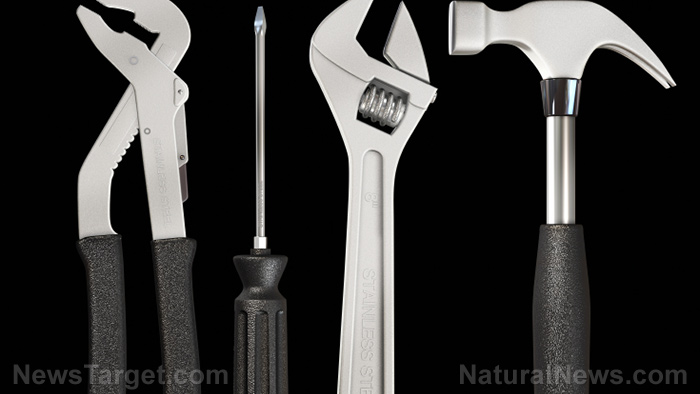Practical prepper projects you can pursue in your own backyard
06/18/2019 / By Zoey Sky

When you’re done setting up your survival stockpile, there are various projects that you can try in your free time, especially if you want to become more self-reliant. For example, you can set up a rain catchment system, or you can train your pets to become SHTF-ready. (h/t to ThePrepperJournal.com)
Declutter your home and set up an organized workspace
It’s important to know the difference between stockpiling and hoarding. The former is necessary for emergency preparedness, while the latter can negatively affect your daily life.
If you notice that things are piling up in your garage or shed, consider decluttering. A pile of junk won’t be useful to you in a disaster scenario, especially if you can’t reach your supplies without wading through the clutter.
Sort through items in a messy shed, organize the tools in your garage, and discard anything that’s no longer useful. If you’re busy with other tasks, set aside at least 15 to 60 minutes once or twice a week to clean out the mess. Decluttering in increments will help prevent the job from becoming overwhelming.
Set up a rain catchment system
If you have a home garden, set up a rain catchment system to ensure that you can water your plants, even if your water supply runs out when SHTF.
Check out online guides and use various materials like free buckets or even sturdy trash cans. You can also use plumbing hardware that you already have lying around your garage for this project.
For example, you can set up drums or big kegs to gather water from gutters and roof lines. (Related: How to create a self-sufficient home and life.)
Train your pets, so they’re SHTF-ready
Pets are adorable, but some of them are also very clever. If you have a pet dog or livestock like goats, you can train them to pull a harness, which is incredibly useful if you need help hauling supplies during a disaster scenario.
Training your pets to respond and accept handling increases their usefulness, and it also makes it easier to get them out of dangerous situations if SHTF. With some patience and care, you can gradually train your pets to handle certain tasks such as wearing pet-friendly prepping gear, like booties to protect their paws as they travel rough terrain if you’re bugging out.
Well-trained animals are easier to care for in daily life, and they can be a godsend in a survival scenario. Train your pets to behave while they’re leashed and also when they’re off-leash, no matter what kind of situation you’re in.
You can also use your backyard to train your pets to listen to voice or whistle commands and silent hand signals. These commands will come in handy when stealth is of the essence in any survival scenario.
Harvest edible weeds in your backyard
Before you start clearing out the weeds in your yard, check if they’re edible. Some weeds even have medicinal properties.
While it’s unlikely that you can feed your family on edible weeds alone when SHTF, some edibles can help supplement your diet. Cultivating certain weeds can also help you hide food in plain sight.
Here are some foraging tips to keep in mind before you start harvesting weeds in your backyard.
- Don’t harvest edible weeds from areas that could have been exposed to chemicals (e.g., herbicides or pesticides) to avoid adverse effects. Even if you find edible weeds in your backyard, wash it before eating it.
- Avoid foraging too close to roadways since lead from auto exhausts could contaminate the soil to a dangerous extent.
- Don’t try to eat anything until you’ve positively identified and confirmed its edibility. Always check a guidebook or consult an experienced forager.
- A general rule of thumb (e.g., plant color, shape, milky sap, etc.) isn’t enough to determine a plant’s edibility (or non-edibility).
Keep an eye out for common edible weeds like curled dock, dandelions, green amaranth, lamb’s quarters, purslane, and sheep sorrel. You can add these weeds to salads or soups.
Try these easy and free projects and learn useful prepping skills as you work on improving your self-sufficiency.
Sources include:
Tagged Under: decluttering, food independence, food supply, fresh produce, fresh vegetables, gardening, gardening tips, home garden, home gardening, Homestead, homesteading, off grid, preparedness, preparedness and survival, prepping, projects, self sufficiency, self-reliance, self-sustainability, survival, survival garden, survival gardening, survival skills, survivalist
RECENT NEWS & ARTICLES
COPYRIGHT © 2017 PATRIOT NEWS


